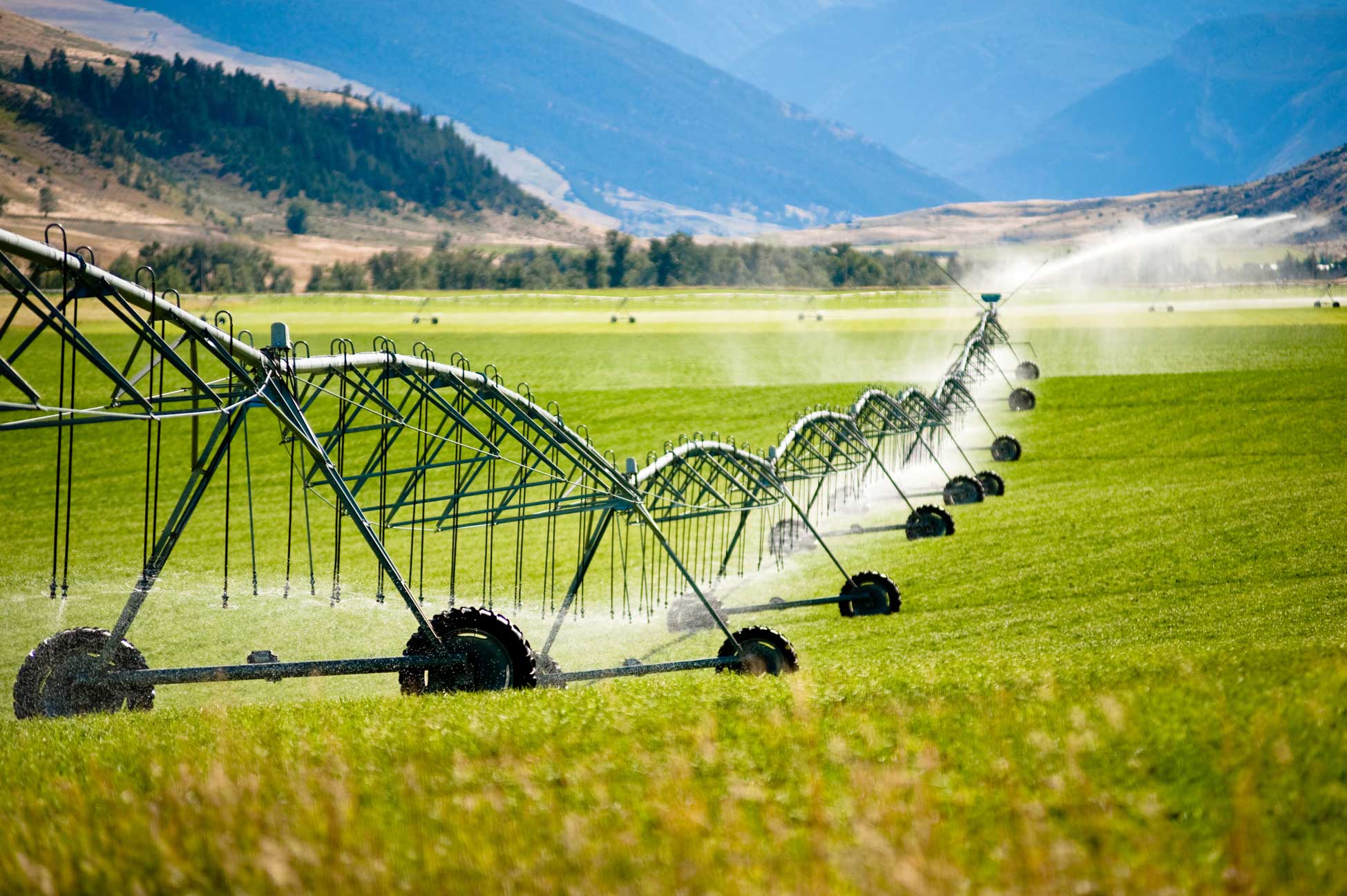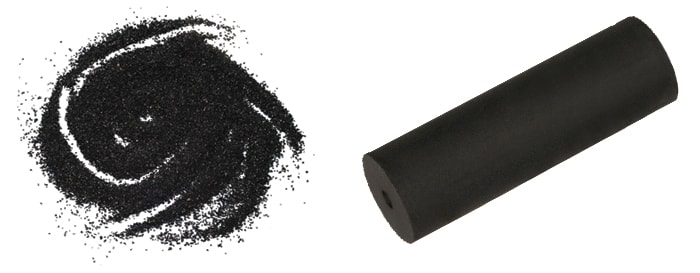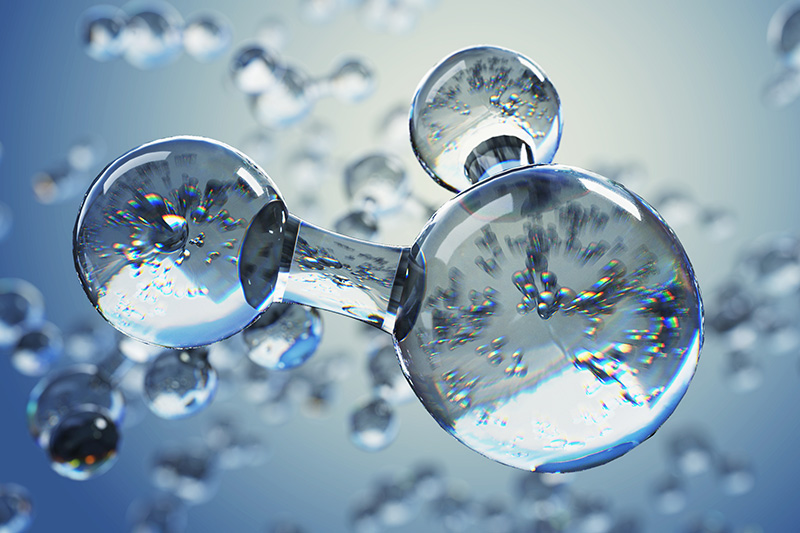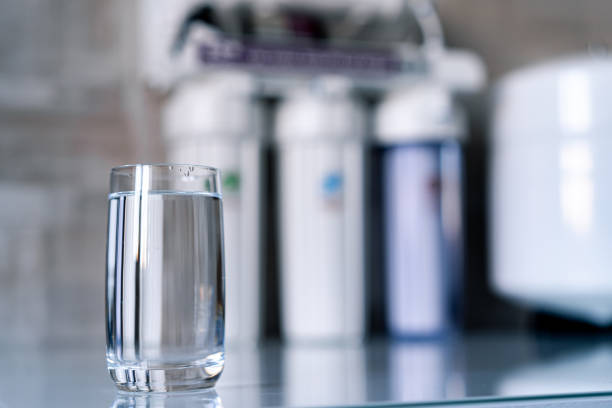Ecosystem health indicators
Ecosystem health indicators assess how an ecosystem functions.
Environmental indicators have been defined as physical, chemical, biological or socio-economic measures that best represent the key elements of a complex ecosystem or environmental issue. An indicator is embedded in a well developed interpretative framework and has meaning beyond the measure it represents.
For an indicator to be effective it must provide a true measure of a component of the ecosystem. Selection of effective indicators is best achieved by developing conceptual models of the ecosystem and using these to pinpoint indicators that provide the required information. Examples of conceptual models can be viewed at:
As well as being effective, indicators must also be efficient. The cost and effort to measure them should be reasonable, and preferably not require highly specialised skills. This means that some effective indicators cannot be used routinely. Often, the selected indicators will need to be a compromise between effectiveness and efficiency.
It is highly desirable to put significant effort into selecting indicators. However, for aquatic ecosystems there are a range of generally accepted indicators that are commonly used in most monitoring programs.
Aquatic ecosystem health indicators can be broadly divided into four categories:
- Physico-chemical indicators
- Biological indicators
- Habitat indicators
- Flow indicators
- More information
Physico-chemical indicators
Physico-chemical indicators are the traditional ‘water quality’ indicators that most people are familiar with. They include dissolved oxygen, pH, temperature, salinity and nutrients (nitrogen and phosphorus). They also include measures of toxicants such as insecticides, herbicides and metals. Physico-chemical indicators provide information on what is impacting on the system. For example, is it an organic waste that affects dissolved oxygen, or is it some type of toxicant? Although physico-chemical indicators can identify the cause of the problem, they only provide limited information on the extent that pollutants are actually impacting on fauna and flora. To assess this, we need to assess the biological indicators.
Biological indicators
Biological indicators are direct measures of the health of the fauna and flora in the waterway. Commonly used biological indicators in freshwater include various measures of macroinvertebrate or fish diversity, benthic algal growth and benthic oxygen demand. The SEQ Report Card(external link) website has more information on these indicators.
For estuaries, biological indicators are less developed. The only commonly used biological indicator in estuaries is chlorophyll-a, which is a measure of phytoplankton population density. In coastal embayments, indicators such as seagrass condition or condition of fringing coral reefs are sometimes used.
In many aquatic ecosystems, the key influences on aquatic ecosystem health can be factors other than water quality, including habitat degradation and changes to natural flow patterns. Therefore, it is important to include indicators of these factors in monitoring programs.
Habitat indicators
Habitat indicators include both fringing (riparian) habitat and instream habitats. Indicators of riparian habitat include the width, continuity, extent of shading and species composition. Indicators of instream habitat include measures of the extent of scouring and bank erosion and the presence of woody debris (fallen trees, etc) that provide important habitat for many species.
Flow indicators
In freshwater, changes to flow are often the main cause of aquatic ecosystem health degradation; the Murray-Darling system is an example of this. Assessing the changes is therefore important. Changes to natural flow caused by humans are varied and include changes to peak flows, base flows, no flow periods and seasonality of flows. To assess these different changes, a number of indicators are required. Unfortunately, nearly all of these indicators rely on the existence of good flow data for both current and pre-disturbance conditions. This type of data is often not available. In this situation, less precise indicators of flow change can be sourced from assessments of the amount of flow captured in storages or abstracted for agricultural or urban use. These are detailed in water plans.…



 …
…










